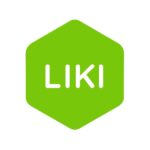Solutions
Product Discovery Workshop in practice
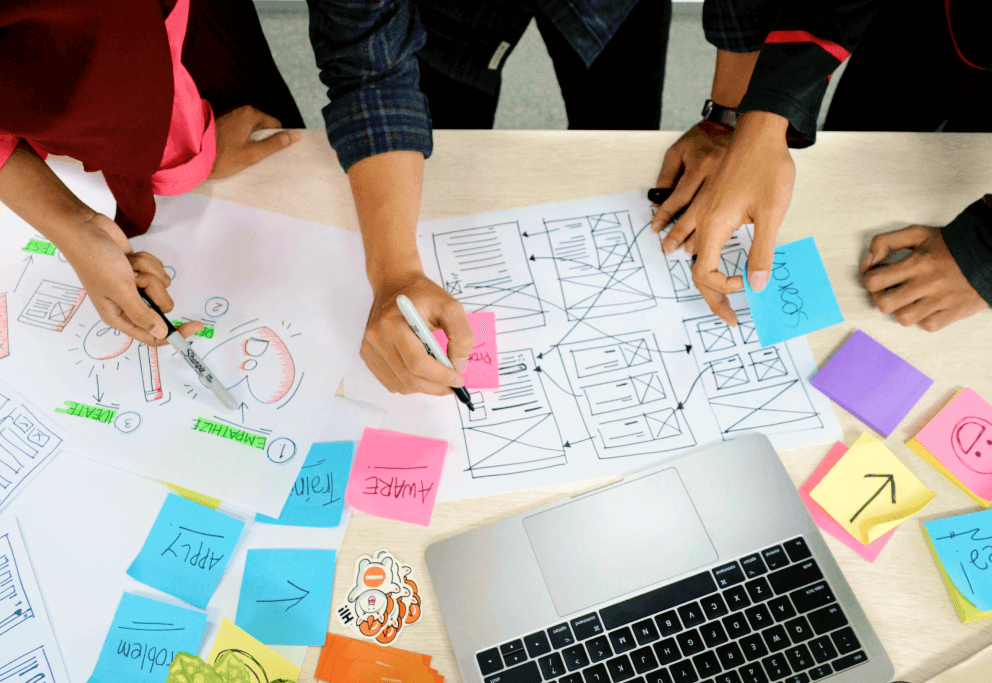
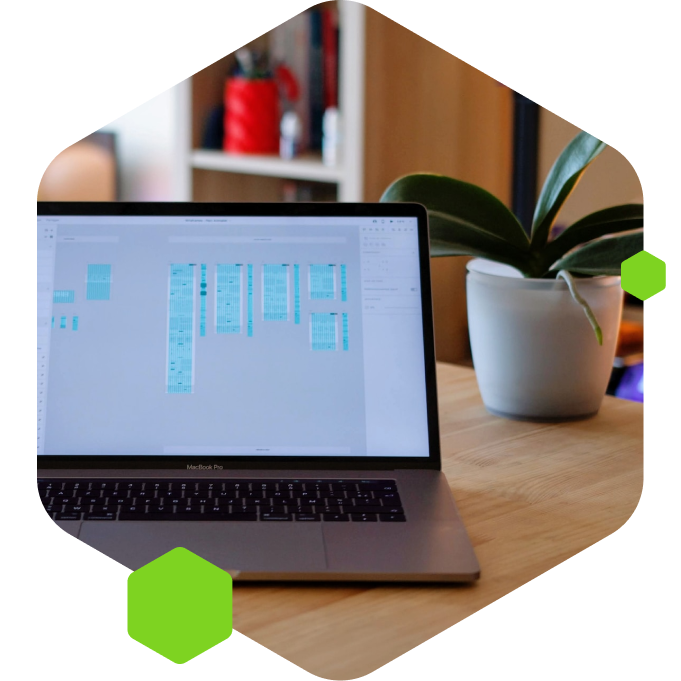
What is the Product Discovery Workshop?
The Product Discovery Workshop is a collaborative session where cross-functional teams come together to explore, understand, and define a problem space, user needs, and potential solutions for a new product or feature. The goal of the workshop is to align the team on a shared understanding of the problem and to generate a set of ideas or concepts that can be further developed and validated through user research and prototyping. It helps in identifying what problem the product will solve, who will use it, and how it will be designed, developed, and delivered.
When should we do the Product Discovery Workshop?
The Product Discovery Workshop should be conducted early in the project development process, ideally before any significant development work has been done. This allows the team to identify and validate key assumptions about the product and its users early on, which can help to avoid costly development mistakes and ensure that the product is well-aligned with user needs.
It is an important step in the product development process and helps to ensure that the team is working towards a common goal and creating a product that meets the needs of its intended users.
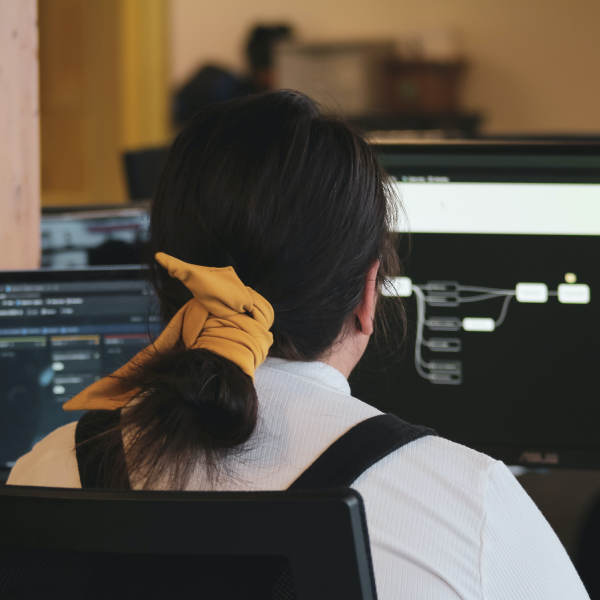
Additionally, conducting a Product Discovery Workshop can be beneficial in the following scenarios:
- When a new project or product development initiative is starting
- When introducing a significant new feature or change to an existing product
- When there is high uncertainty or lack of a clear understanding of user needs
- When there is a problem with high complexity and multiple stakeholders
- When a team is cross-functional, with different perspectives and domain knowledge
- When facing a high-stakes product development decision
Basically, Product Discovery Workshop should be conducted whenever the team is unsure about the direction of the product development and wants to ensure that they are creating something that meets the needs of its intended users – the most valuable customers.
Why should we run the Product Discovery Workshop?
01
Align the project team
02
Identifie user needs
03
Reduce risk
04
Estimate value proposition
05
Increase efficiency
06
Improve decision-making
07
Facilitate creativity and innovation
08
Encourage collaboration and communication
09
Increase customer satisfaction and business value
The Product Discovery Workshop is an important step in the product development process as it helps to ensure that the team is working towards a common goal and creating a product that meets the needs of its intended users. Here are some specific reasons why conducting a Product Discovery Workshop can be beneficial:
Aligns the project team. The workshop helps to align the cross-functional team on a shared understanding of the problem and potential solutions, just be on the same page.
Identifies user needs. The workshop helps to identify and validate the needs of the target users, which ensures that the product is well-aligned with their needs.
Reduces risk. By identifying and validating key assumptions early on, the workshop helps to reduce the risk of costly development mistakes.
Estimates value proposition. The workshop clearly and concisely communicates the benefits a product or service will provide to its target customer. Also, outlines how the project will solve a specific problem or address a specific need for the intended stakeholders, and what sets it apart from alternative solutions.
Increases efficiency. By aligning the team and identifying user needs (target audience) early on, the workshop helps to increase the efficiency of the development process.
Improves decision-making. The workshop helps the team to make informed decisions about the product’s features, design, development, and delivery.
Facilitates creativity and innovation. The workshop provides an opportunity for the team to generate new ideas and concepts, which can lead to more innovative solutions.
Encourages collaboration and communication. The workshop promotes collaboration and communication among the cross-functional team, which helps to build a stronger team and improves the overall product development process.
Increases customer satisfaction and business value: By understanding the customer needs, pain points and goals, the workshop helps to create a product that is more valuable and useful for the customer, which will increase their satisfaction and loyalty, and in turn, increase the value for the business.
What can ruin a digital project?
There are several factors that can ruin a development process, including:
- Lack of clear goals (project objectives) or direction.
- Poor communication and collaboration among team members.
- Inadequate resources, such as budget or personnel.
- Inefficient or poorly-designed processes and workflows.
- Lack of proper testing and quality assurance.
- Resistance to change or adoption of new tools or technologies.
- Poor project management.
- Unforeseen external factors such as natural disasters or government regulations..
- Inadequate requirements gathering and scope definition.
- Uncontrolled scope creep.
- Inadequate time management.
- Inadequate testing and quality assurance.
- Inadequate risk management.
- Inadequate change management.
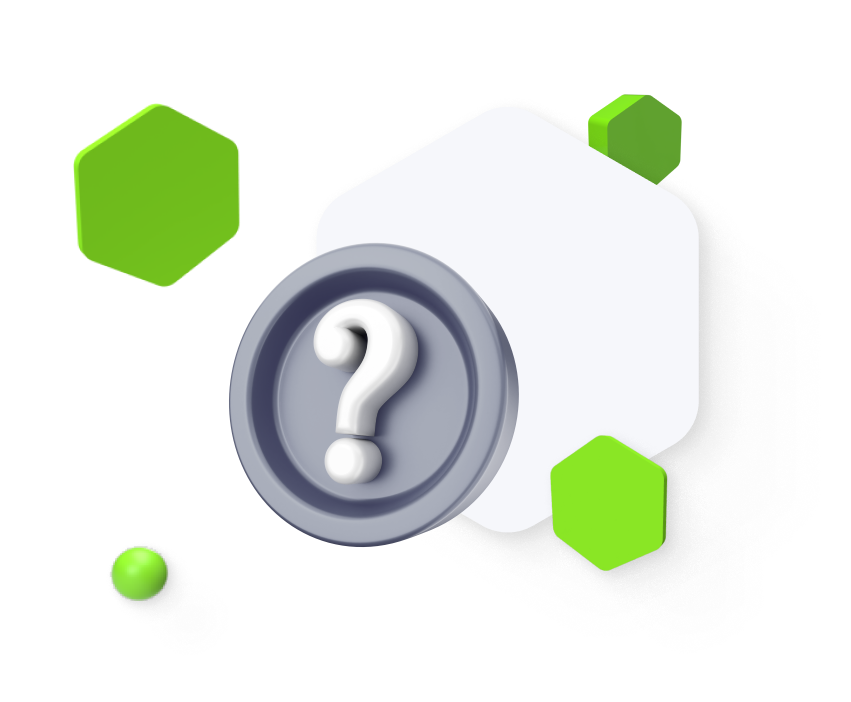
How will the success of the product discovery workshop be measured?
The success of a Product Discovery Workshop can be measured in a variety of ways, depending on the goals and objectives of the workshop. Some common metrics for measuring the success of a product discovery workshop include:
- Customer feedback. This can be collected through surveys or interviews with target customers to gauge their level of interest in the product and the value it provides.
- Concept validation. This can be measured by testing the product concepts or prototypes developed during the workshop with target customers to see which ones are most viable.
- Team alignment. This can be measured by assessing the level of agreement and understanding among the workshop participants on the product’s goals, features, and target market.
- Time to market. Measuring the time it takes from the workshop to launch the product.
- Return on investment. Measuring the return on investment (ROI) of the product, comparing the costs of the workshop and the development of the product with the revenue generated by the product.
- Market fit. This can be measured by analyzing the product’s performance in the market once it’s launched.
It’s important to keep in mind that measuring the success of the product discovery workshop will involve a combination of qualitative and quantitative methods, and it’s important to align the metrics with the goals and objectives of the workshop.
Results of a Product Discovery Workshop - what can you expect?
The results of a Product Discovery Workshop can vary depending on the specific goals and objectives of the workshop, but generally, the following outcomes can be expected:
- A shared understanding of the problem and potential solutions. The workshop helps to align the team on a shared understanding of the problem, and to generate a set of ideas or concepts that can be further developed and validated through user research and prototyping.
- Validated user needs. The workshop helps to identify and validate the needs of the target users, which ensures that the product is well-aligned with their needs.
- A clear problem statement. A well-defined problem statement that clearly communicates the problem the team is trying to solve and its significance.
- A set of user stories. A set of user stories that describes the user needs and how the product will meet those needs (take advantage of user story mapping).
- A prioritized backlog. A prioritized backlog of features, functions, and requirements that will be used to guide development.
- A high-level product vision. A high-level product vision that defines the overall goals and objectives of the product and how it will meet user needs.
- A prototype or a concept. A rough prototype or a concept that represents the proposed solution and helps to communicate the idea.
- A plan for next steps. A plan for next steps that outlines what needs to be done to move forward with the product development process.
- A team that is aligned and motivated. The workshop promotes collaboration and communication among the cross-functional team, which helps to build a stronger team and improves entire process.
- A roadmap. A roadmap that will be used to guide the development of the product over time.
- A list of Assumptions and hypotheses. A list of assumptions and hypotheses that the team will test and validate during the development process.
- A list of metrics. A list of metrics that will be used to measure the success of the product once it is launched.
Overall, the results of the workshop should provide a clear direction for the product development and a foundation for the team to move forward with user research and prototyping.
The process of a Product Discovery Workshop
The process of Product Discovery Workshops can vary depending on the specific goals and objectives of a certain workshop, but generally, it will involve below steps.
It is important to note that different workshop facilitators might have slightly different processes or methodologies but the main goal is to understand user needs, validate assumptions and generate ideas to solve the problem at hand.
01 Define the problem and objectives
The first step is to define the problem that the team is trying to solve and the objectives of the workshop.
02 Prepare the team
The team should be prepared for the workshop by providing them with the necessary background information and materials.
03 Gather and Analyze user research
The team should gather and analyze user research to understand the problem and user needs.
04 Define user personas
The team should define personas that represent the target users, which will help to ensure that the product is well-aligned with their needs.
05 Define user stories
The team should define user stories that describe the user needs and how the product will meet those needs.
06 Brainstorm and ideate
The team should brainstorm and ideate potential solutions to the problem.
07 Prioritize features
The team should prioritize key product features, functions, and requirements that will be used to guide development.
08 Create a prototype or a concept
The team should create a rough prototype or a concept that represents the proposed solution and helps to communicate the idea.
09 Review and refine
The team should review and refine the prototype or concept based on feedback.
10 Define next steps
The team should define the next steps and plan for moving forward with user research and prototyping.
11 Document and share results
The team should document and share the results of the workshop with all stakeholders.
What follow-up actions will be taken after the Workshop is complete?
There are several follow-up actions that can be taken after a Product Discovery Workshop is complete. These may include:
- Incorporating feedback. Incorporating feedback collected during the workshop into the product development process.
- Prioritizing features. Prioritizing the features and functionality identified during the workshop, based on customer needs and business goals.
- Developing a prototype. Developing a prototype of the product based on the concepts and ideas generated during the workshop.
- Creating a road-map. Creating a product development road-map that outlines the steps needed to bring the product to market.
- Testing and validation. Testing and validating the product with target customers to ensure it meets their needs and addresses their pain points.
- Continual improvement. Continual improvement of the product based on feedback and market research.
- Communication. Communicating the outcome of the workshop with stakeholders, including team members, upper management and external partners.
- Tracking progress. Tracking progress against the goals established in the workshop and make adjustments as needed.
It’s important to keep in mind that the follow-up actions will depend on the goals and objectives of the workshop and may vary from one product development process to another.
Next steps: Identifying and planning the next steps to continue the product development process.
Who should participate in the Product Discovery Workshop?
A Product Discovery Workshop should involve a cross-functional team of stakeholders, including representatives from the following areas:
Product Management. The product manager is responsible for leading the workshop and ensuring that it stays focused on the product development goals.
User Research. User researchers are responsible for understanding user needs and validating assumptions about the product and its users.
Design. Designers are responsible for creating the overall look and feel of the product, as well as its usability.
Development team. Engineers are responsible for developing and delivering the product.
Business. Business stakeholders are responsible for ensuring that the product aligns with the overall business goals and objectives.
Marketing. Marketing stakeholders are responsible for promoting the product and ensuring that it meets the needs of its intended audience.
It’s important to note that the size of the team and the specific roles represented will depend on the scope of the project and the size of the organization. In smaller organizations or smaller scope projects, it might be possible to have one person representing different roles.
It’s also important to include the representation of the end-users or customers in the workshop, this could be done by having them as part of the team or by conducting user interviews before the workshop. This will ensure that the team is aware of the user’s needs, pain points, and goals, which will help to create a product that is more valuable and useful for the customer.
Additionally, having a facilitator who is trained in product discovery techniques can be beneficial. This person can guide the team through the process and ensure that the workshop runs smoothly and efficiently.

Olga
UI/UX Designer

Damian
Business Representative

Piotr
Business Representative

Adrian
Head of Frontend
Product Discovery Workshop case studies
Discovery Workshops are a method used to uncover the needs and requirements of stakeholders in a project or product development process. These workshops typically involve a group of stakeholders, including users, business owners, and subject matter experts, who come together to discuss and define the goals, objectives, and requirements for a project or product.
Case studies of Discovery Workshops can be found in a variety of industries, such as software development, product design, and digital transformation. Some examples include:
A software development company used a Discovery Workshop to gather requirements for a new CRM system for a financial services firm. The workshop helped the team identify key features and functionalities needed by the company’s sales and customer service teams, which led to the successful development of a custom CRM system that met the client’s needs.
A product design firm used a Discovery Workshop to gather requirements for a new line of outdoor gear. The workshop brought together a diverse group of stakeholders, including product designers, engineers, marketers, and users, to brainstorm ideas and identify the key features and functionalities needed for the new line of products.
A government agency used a Discovery Workshop to gather requirements for a new digital transformation initiative. The workshop brought together a group of stakeholders, including government officials, IT professionals, and subject matter experts, to define the goals and objectives of the initiative and identify the key requirements for the project.
A healthcare provider used a Discovery Workshop to gather requirements for a patient engagement platform. The workshop brought together a group of stakeholders including doctors, nurses, patients and IT professionals to discuss and identify functional specifications and the key features needed for the platform, such as appointment scheduling, telemedicine and access to medical records.
A retail company used a Discovery Workshop to gather requirements for an e-commerce platform. The workshop brought together a group of stakeholders including store managers, customers and IT professionals to discuss and identify the key features and functionalities needed for the platform, such as personalized recommendations, easy checkout and delivery tracking.
An automotive company used a Discovery Workshop to gather requirements for a connected car platform. The workshop brought together a group of stakeholders including engineers, designers, and consumers to discuss and identify the key features and functionalities needed for the platform, such as remote vehicle control, real-time traffic updates, and predictive maintenance.
These are some examples of how Discovery Workshops can be used to gather requirements and identify key features and functionalities for complex projects. They can be used in any industry where a product or service is being developed and it helps to gather the needs and requirements from the different stakeholders involved.
